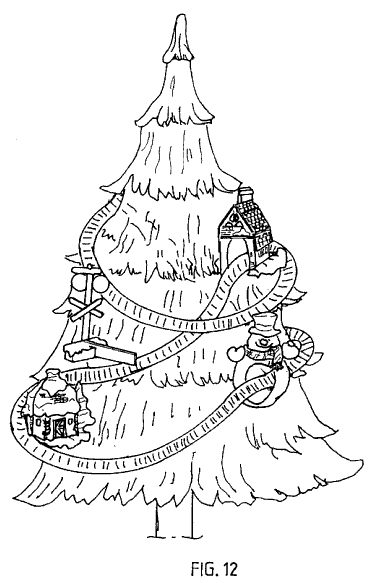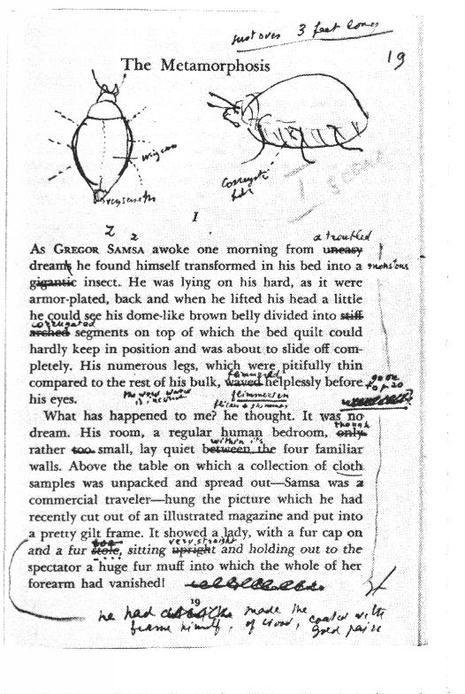
The insignia of the Royal New Zealand Air Force is the kiwi, a flightless bird.

The insignia of the Royal New Zealand Air Force is the kiwi, a flightless bird.
In October 2009, California governor Arnold Schwarzenegger attended a local Democratic Party fundraiser at the invitation of former San Francisco mayor Willie Brown. His speech was heckled by San Francisco assemblyman Tom Ammiano, who took the stage afterward to criticize the governor.
Three weeks later, Schwarzenegger vetoed a measure sponsored by Ammiano. He attached this message:
To the Members of the California State Assembly:
I am returning Assembly Bill 1176 without my signature.
For some time now I have lamented the fact that major issues are overlooked while many
unnecessary bills come to me for consideration. Water reform, prison reform, and health
care are major issues my Administration has brought to the table, but the Legislature just
kicks the can down the alley.
Yet another legislative year has come and gone without the major reforms Californians
overwhelmingly deserve. In light of this, and after careful consideration, I believe it is
unnecessary to sign this measure at this time.
Sincerely,
Arnold Schwarzenegger
Read the first letter of each printed line. “My goodness, what a coincidence,” said Schwarzenegger spokesman Aaron McLear when confronted with the acrostic. “I suppose when you do so many vetoes, something like this is bound to happen.”
See Between the Lines, Poetic License, and In Memoriam.
Expression markings used by Australian composer Percy Grainger:
Musical directions in Erik Satie’s piano works:
One of Satie’s directions — “Very lost” — might have been unnecessary.

Frustrated in trying to describe higher topology abstractly to students, Xian Wang invented a model train that can hug either side of a track:
It is therefore a primary object of the present invention to provide an electrically-operated ornament travelling on a rail which can be used to explain the Mobius Theorem. … In general textbooks, this advanced mathematic rule is usually explained by demonstrating a body circularly moving on a front and a reverse side of a twisted two-ends-connected belt. Most people can not understand and imagine the theorem from such explanation and demonstration.
Of course, once you’ve built one you can put it to other uses:

A 10×10 chessboard contains 41 rooks. Prove that there are five rooks that don’t attack one another.

Australia’s tallest mountain and most populous city were named for people who never visited the country. Mount Kosciuszko was named after Polish military hero Tadeusz Kosciuszko, because of its resemblance to a prehistoric mound in Kraków, and Sydney was named for British politician Thomas Townshend, Lord Sydney.
Titles of “in rem” condemnation cases, in which the government sues to justify the seizure of an asset:
In 1836 a flotilla of brandy casks washed ashore on the south coast of England, and an ownership dispute arose between a local property owner and the crown. Unfortunately for William IV, the case was recorded as The King v. Forty-Nine Casks of Brandy.

This is the opening page of “The Metamorphosis,” from Vladimir Nabokov’s teaching copy. Kafka’s novella held a special interest for Nabokov, who was a trained entomologist. From his lecture notes at Cornell:
Now, what exactly is the ‘vermin’ into which poor Gregor, the seedy commercial traveler, is so suddenly transformed? It obviously belongs to the branch of ‘jointed leggers’ (Arthropoda), to which insects, and spiders, and centipedes, and crustaceans belong. … Next question: What insect? Commentators say cockroach, which of course does not make sense. A cockroach is an insect that is flat in shape with large legs, and Gregor is anything but flat: he is convex on both sides, belly and back, and his legs are small. He approaches a cockroach in only one respect: his coloration is brown. That is all. Apart from this he has a tremendous convex belly divided into segments and a hard rounded back suggestive of wing cases. In beetles these cases conceal flimsy little wings that can be expanded and then may carry the beetle for miles and miles in a blundering flight. … Further, he has strong mandibles. He uses these organs to turn the key in a lock while standing erect on his hind legs, on his third pair of legs (a strong little pair), and this gives us the length of his body, which is about three feet long. … In the original German text the old charwoman calls him Mistkafer, a ‘dung beetle.’ It is obvious that the good woman is adding the epithet only to be friendly. He is not, technically, a dung beetle. He is merely a big beetle.
“Curiously enough,” he added, “Gregor the beetle never found out that he had wings under the hard covering of his back. This is a very nice observation on my part to be treasured all your lives. Some Gregors, some Joes and Janes, do not know that they have wings.”

A “coffin,” or killer problem, from the oral entrance exams to the math department of Moscow State University:
Construct (with ruler and compass) a square given one point from each side.